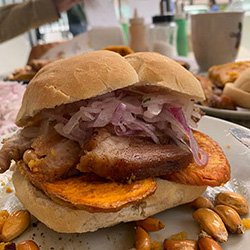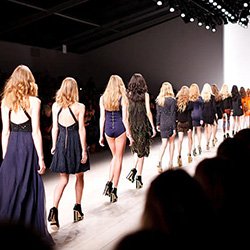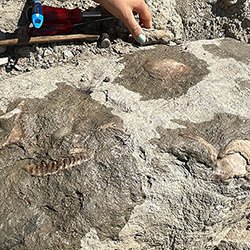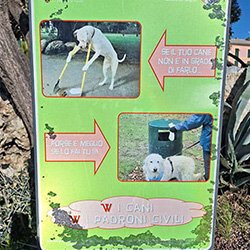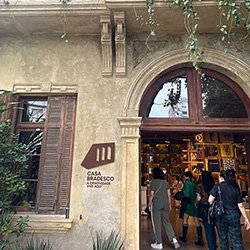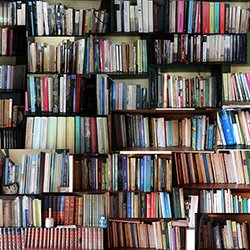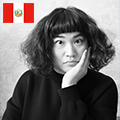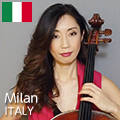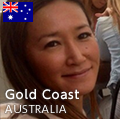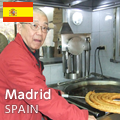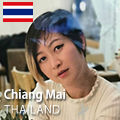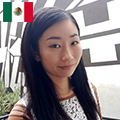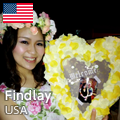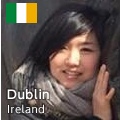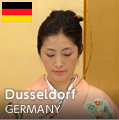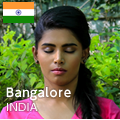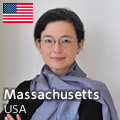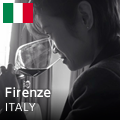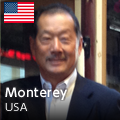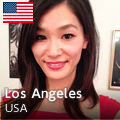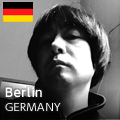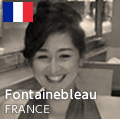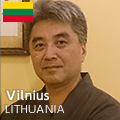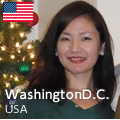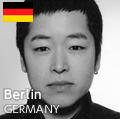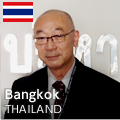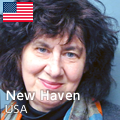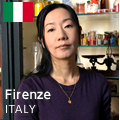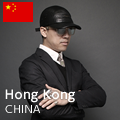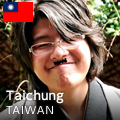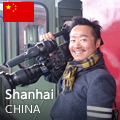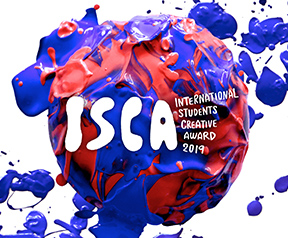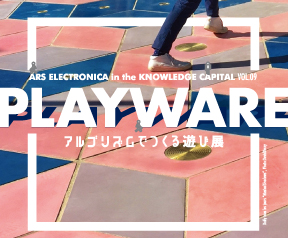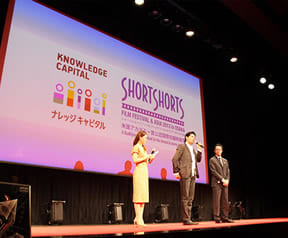The festival takes place at the Auburn Botanic Gardens on the outskirts of Sydney. The park has more than twenty varieties of cherry trees, and they all bloom together in August. Experiencing cherry blossoms in August, which is the end of winter in Australia (opposite of Japan), is quite unique—as we are so used to associating them with spring.
I visited the gardens on a clear weekend day. A long line had already formed at the entrance, and just getting a peek at the pink rows of cherry trees at the gate made my heart sing. There were still crowds around two in the afternoon when I arrived, but according to the security officer, it was even more packed that morning. I was reminded just how much people love cherry blossoms.
It seemed like the bulk of the visitors were locals, with that characteristic multicultural Australian atmosphere. I didn’t really see any Japanese people. It was lovely to see the families and couples out together, taking pictures or enjoying picnics. The park had a Japanese garden area as well. I probably built myself up too much for the cherries, though, and ended up finding the “rows of cherry trees” a little lacking. I couldn’t help thinking how great it would be if everyone could see the cherry blossoms in Japan.
There was more to the festival than just the cherry trees, though. The venue featured live performances, an origami workshop, and all kinds of other hands-on Japanese cultural experiences. There were food stalls serving okonomiyaki, ramen, onigiri, and other Japanese favorites. I spotted a taiyaki-like battered pastry filled with sweet red bean paste and bought it. Proving that the old Japanese adage “food over flowers” is true the world over, there were huge lines at every food stall. It took me nearly thirty minutes to get my taiyaki after I ordered it. Incidentally, from what I could tell, none of the Japanese food was being sold by Japanese people. Of course, the prices were two or three times higher than they would be in Japan. The okonomiyaki savory pancakes were selling for 2,500-3,000 yen each. It was to be expected, though. Eating out is expensive in Australia, no matter where you go.
The festival also served as a kind of cultural exchange event, bringing not only Australian visitors, but many people from Asia and Europe as well. I was struck by the sight of all the different kinds of people smiling and taking pictures amidst the cherry blossoms. It was a moment to remember the power of this beautiful flower to inspire adoration across national lines.
I also spotted several establishments in the neighborhood that had the word “cherry blossom” in their name—Sakura Estates, Sakura Café, and so on. With the Cherry Blossom Festival happening here every year, it’s only natural that names with “cherry” in them stuck.
The combination of a popular event and the weekend resulted in some serious crowds, with long lines just to get into the gardens. A weekday would definitely be a better choice if you wanted to avoid them. Entry fees were around 18 dollars for adults, though they fluctuate from year to year. I was amazed that so many people still showed up at that price, giving me an opportunity to really appreciate the gorgeous cherry blossoms you can see in Japan for free.
Living in Australia sometimes makes me miss Japanese culture and the way we celebrate the four seasons, but the Cherry Blossom Festival was a valuable opportunity for me to rediscover the beauty of Japan. The flowers themselves aside, it was a wonderful experience that allowed me to recharge in the beauty of nature and be reminded of the value that Japanese culture brings to our diverse world.













